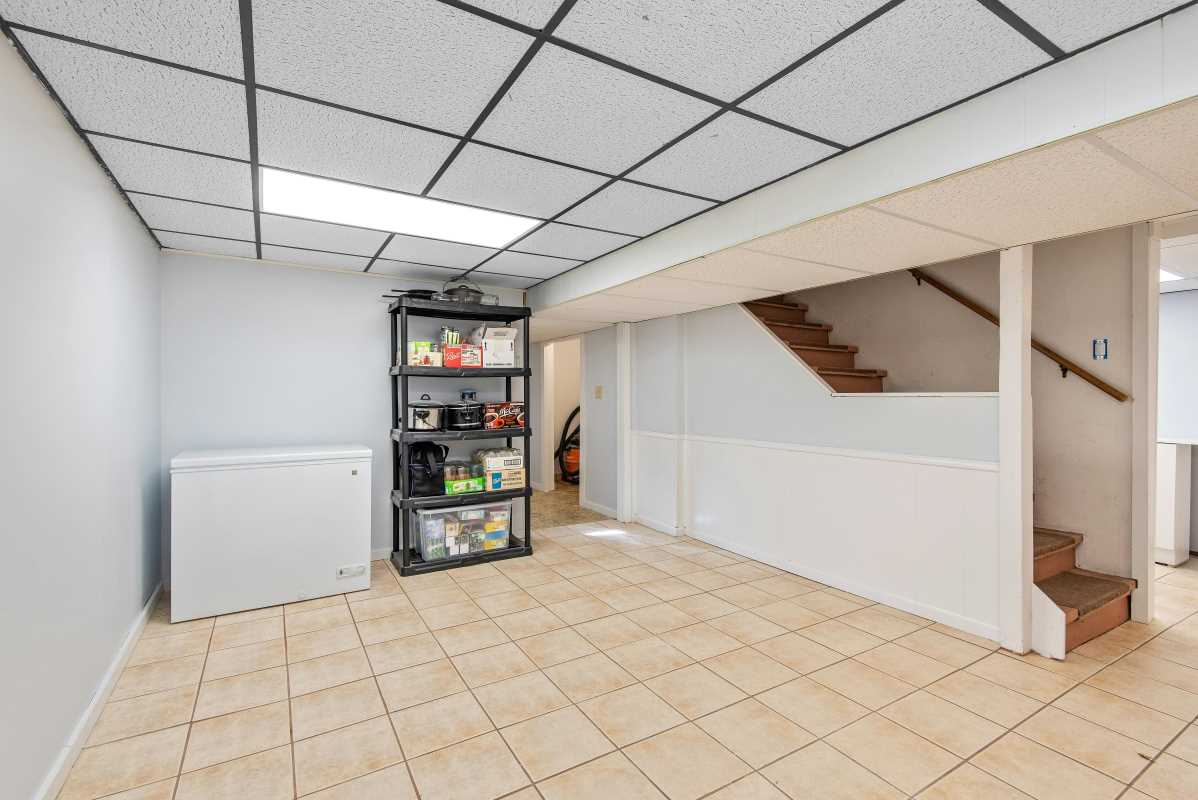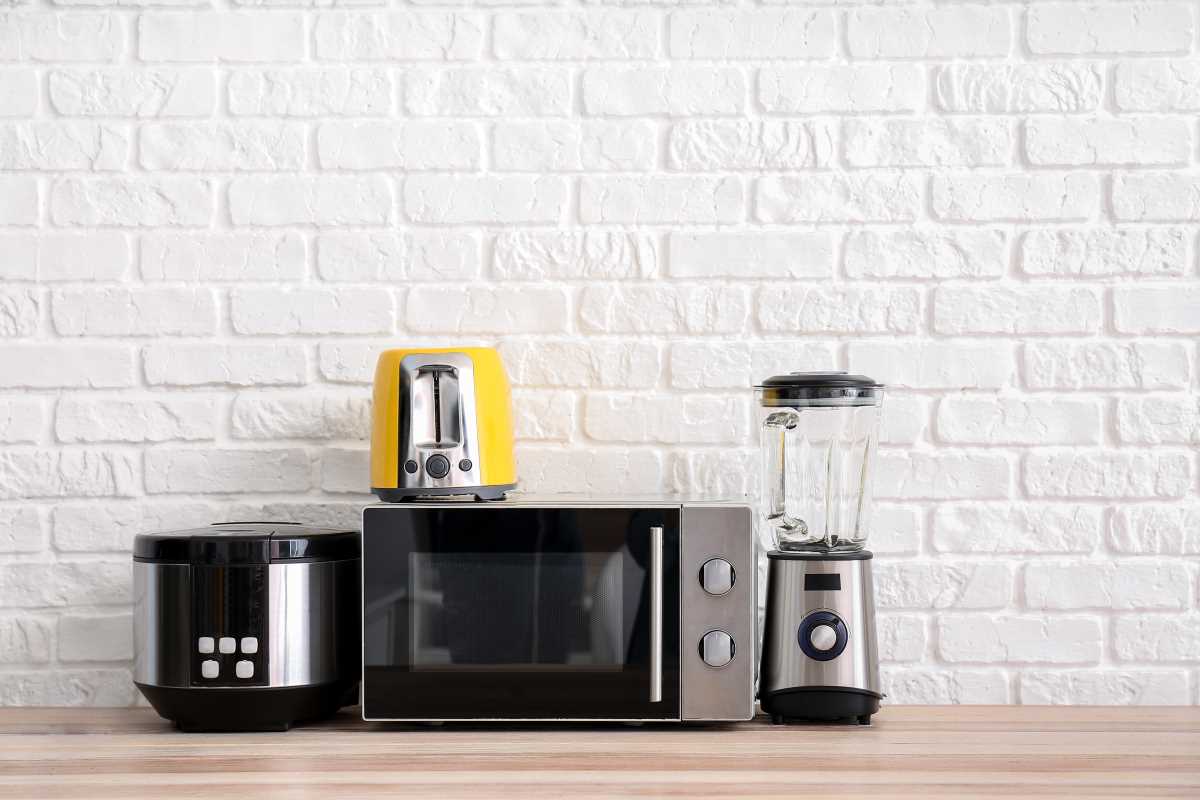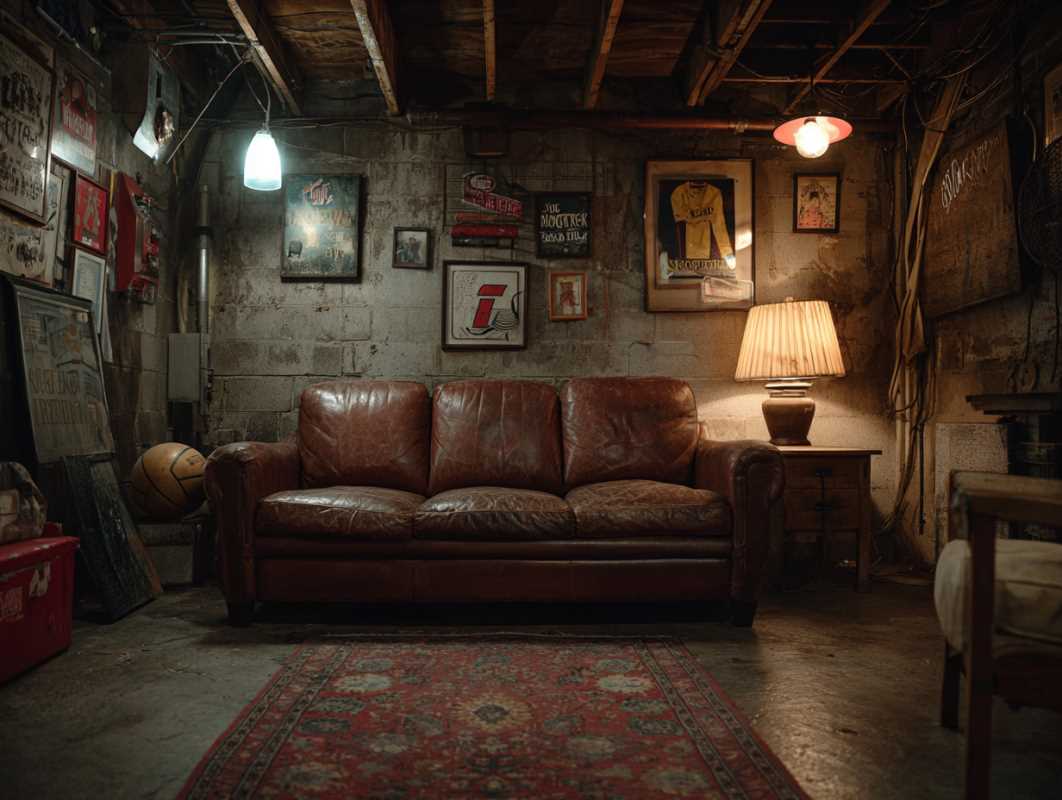Turning a dark, damp area into a cozy, inviting part of your home feels rewarding with the right approach. This guide breaks down the process into easy-to-follow steps, starting with how to spot and address moisture problems. Each stage offers practical advice, helping you choose materials, improve lighting, and add finishing details that make the space feel welcoming. You will find straightforward tips that help you work steadily, making sure you can enhance both comfort and safety. Whether you want to create a new living area or simply freshen up a storage space, these instructions support every phase of the project.
Starting with a careful evaluation is important, since identifying the right problems early helps you choose the best fixes. By following these steps, you not only enhance the overall feel of your home but also protect the value of your property.
Step 1: Assess the Basement for Dampness and Damage
The first step involves thoroughly inspecting the space. Look around to find areas that show signs of moisture, such as dark spots on walls or water stains on the floor. This detailed check helps you pinpoint where you need to focus your efforts the most.
It is helpful to create a checklist of areas to inspect. A careful evaluation ensures you won’t miss a hidden problem, and you can plan your efforts more efficiently once you know exactly what needs fixing.
- Examine walls for discoloration, peeling paint, or mold growth.
- Look at floors for water stains, pooling water, or efflorescence.
- Check ceiling beams and other structural features for any signs of dampness.
- Inspect the foundation and corners for cracks or leaks that might allow moisture in.
Step 2: Identify and Fix Sources of Moisture
After assessing the space, determine what causes the moisture. Find the sources of water or high humidity to choose the right solutions to fix the problem at its source.
Common causes of moisture include leaks or poor drainage, as well as the natural buildup of humidity in a dark, enclosed space. Address each identified source to improve your basement’s overall environment.
- Leaks in plumbing or around pipes: Check for drips and seal joints or replace faulty seals.
- Groundwater seepage: Improve exterior drainage by cleaning gutters, extending downspouts, or regrading the yard.
- Condensation on cold surfaces: Insulate pipes and walls to reduce the temperature difference that causes moisture.
- High humidity due to poor ventilation: Use dehumidifiers or improve airflow to lower moisture levels.
Step 3: Improve Ventilation and Airflow
Enhancing ventilation in your basement offers a simple and effective way to control moisture levels. Allowing fresh air to circulate helps remove excess humidity and prevents musty odors.
You can improve airflow by keeping vents open, using fans, or even installing a dehumidifier. Regularly open windows or install vents that naturally draw in fresh air when weather allows. Small improvements in ventilation can make a significant difference over time.
Step 4: Waterproof and Seal the Basement
Once you address moisture sources and improve airflow, focus on sealing the space effectively. Applying sealants on walls and floors adds an extra layer of protection against moisture. Look for water-resistant coatings and waterproofing products suitable for your basement’s conditions.
If you notice persistent dampness issues, consulting a professional can help you assess the situation further. Using a quality waterproof sealant also helps prevent mold and decay, keeping the space dry and comfortable over time.
Step 5: Transform the Basement into a Functional Space
With moisture under control, you can imagine turning the space into something practical and inviting. Think about how you want to use the area — whether as a cozy living space, a home office, or a recreational room. Careful planning makes the project both enjoyable and rewarding.
Start with basic improvements like adding proper lighting, painting the walls with colors that brighten the space, and laying down moisture-resistant flooring. Tackle larger tasks gradually to create a finished look that feels both stylish and functional. Sometimes, even small changes can elevate the entire area, making the basement one of the best parts of your home.
- Begin by updating the lighting with energy-efficient fixtures to illuminate every corner.
- Add insulation and soundproofing materials to create a comfortable environment, especially if you plan to use the space as a living area or an office.
- Define different zones within the space to serve various functions, such as a seating area, a workspace, or storage.
- Choose moisture-resistant materials for flooring and furniture to ensure durability and ease of cleaning.
- Add personal touches like artwork or a small library to make the space truly your own.
A step-by-step plan helps you tackle a damp basement efficiently, turning it into a valuable, functional space. Focusing on specific fixes and managing changes gradually prevents overwhelm and leads to lasting improvements.
Stay consistent and keep things simple; small improvements will lead to significant change over time.
 (Image via
(Image via





